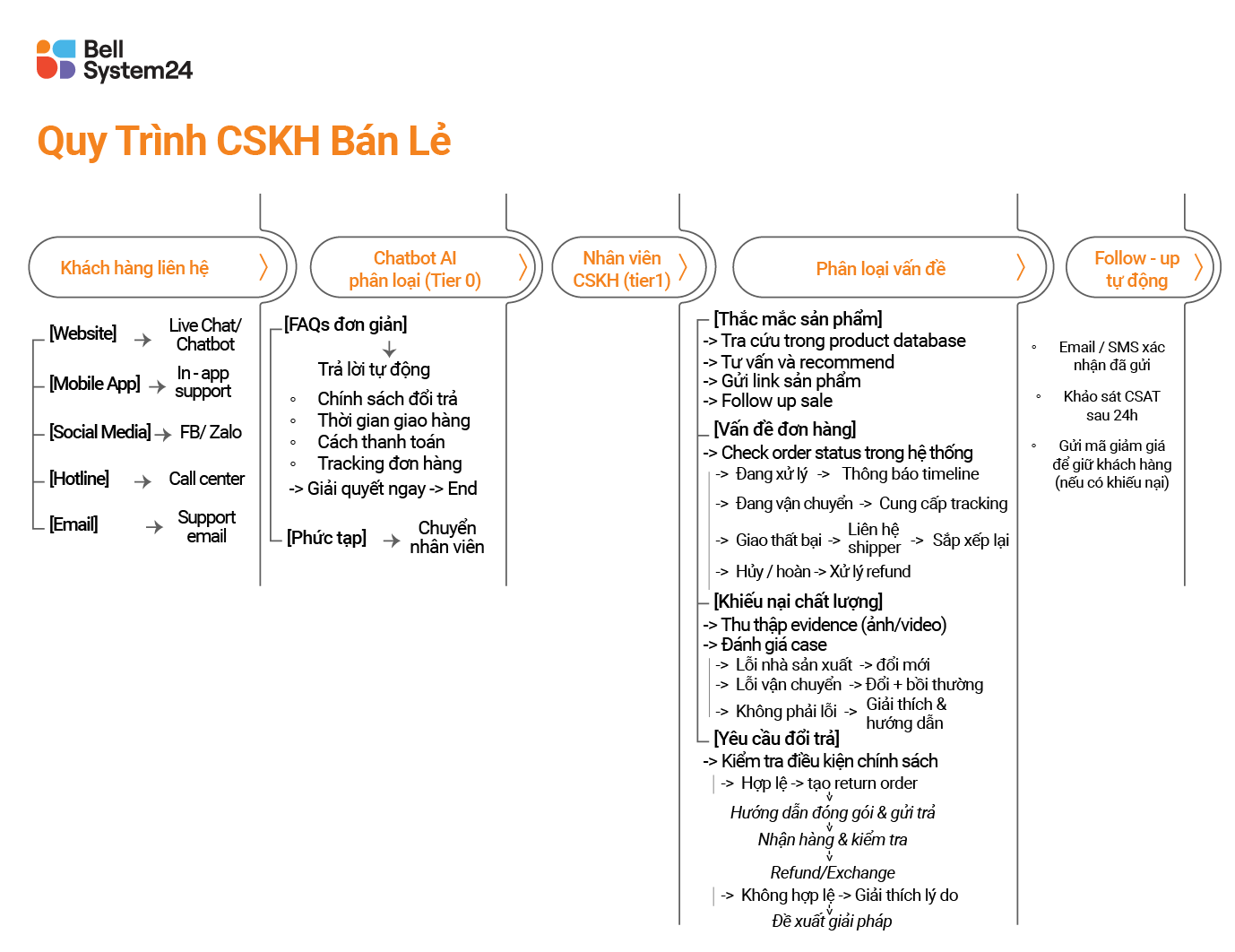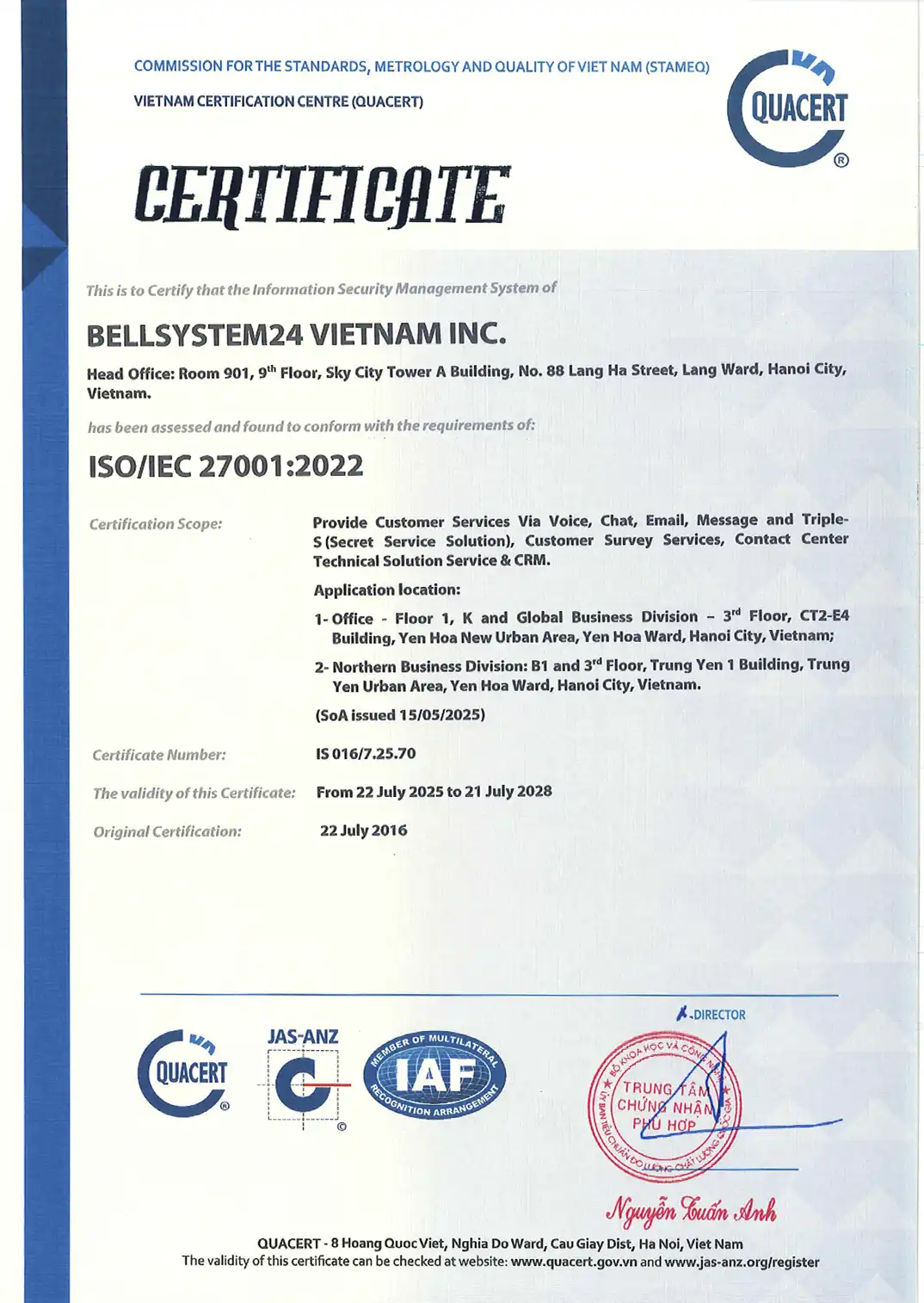Have you ever wondered why some businesses consistently exceed their revenue targets, while others struggle? The answer often lies in how they set and manage their sales goals.
In fact, many Vietnamese businesses are applying the PDCA (Plan-Do-Check-Act) method to set revenue targets in a scientific and effective manner. This not only helps them achieve their desired figures but also creates sustainable growth in the long term.

What is PDCA?
PDCA is a management method developed by Dr. W. Edwards Deming, commonly used to set goals, improve processes, and achieve objectives effectively. The meaning of each step is as follows:
-
Plan: Define specific goals, analyze the current situation, and develop an action plan.
-
Do (Implement): Implement the proposed plan on a small scale or on a trial basis.
-
Check: Evaluate the results, compare them with the initial objectives, and draw lessons.
-
Act (Action): Adjust the plan based on the results of the test and implement it on a larger scale.
PDCA is not only a management tool but also a mindset that helps businesses continuously improve. In sales, applying PDCA helps you optimize processes, increase closing rates, and improve customer experience.
Benefits of applying PDCA in sales
-
Increase sustainable revenue: PDCA helps you not only achieve short-term goals but also build a system of continuous improvement.
-
Process optimization: Eliminate inefficient steps, thereby increasing the productivity of the sales team.
-
Improve customer experience: Customers receive better service, leading to higher return rates and greater loyalty.
-
Make decisions based on data: Instead of guessing, you have a clear basis for adjusting your strategy.
In particular, PDCA fosters a culture of "learning from failure" rather than "avoiding failure." This helps the team continuously develop and improve.
Step 1: Plan – Develop a plan with SMART goals
Every success begins with a clear plan. In step PlanYou need to set sales revenue growth targets based on the model. SMART (Specific, Measurable, Achievable, Relevant, Time-bound)
How to set SMART goals:
-
Specific: Instead of setting a general goal such as "increase revenue," clearly define: "Increase revenue from the online sales channel to 15% in the next quarter."
-
Measurable: Ensure you have the tools to track progress, such as the number of orders, average order value, and conversion rate.
-
Achievable: The goal should be challenging but not overly unrealistic. If current revenue is 500 million per month, increasing it to 1 billion in one month may not be feasible, but 600 million would be more reasonable.
-
Relevant: Objectives must align with the overall strategy of the business, for example: focusing on potential customer groups or core products.
-
Time-bound: Set a specific deadline, such as "achieve the goal within 3 months."
Real-world example:
An online fashion store wants to increase its revenue from 200 million to 300 million per month within 3 months. They analyzed the data and found that the customer return rate was only 10%. The SMART goal set was: "Increase the customer return rate to 20% within 3 months by implementing a loyalty program and improving after-sales service."
Actions in the Plan step:
-
Analyze current sales data: Where does revenue come from? Which products sell well? Who are the potential customers?
-
Identify weaknesses in the sales process: Low closing rate, slow customer response time, or lack of upsell strategy?
-
Develop detailed plans: Launch marketing campaigns, train sales teams, optimize websites or customer care processes.
Step 2: Do – Implement the plan on a small scale
After developing a plan, you need to implement a small-scale trial to minimize risk. This allows you to test the feasibility of the plan without significantly impacting your overall business operations.
How to implement effectively:
-
Choose a small segment: For example, test an email marketing campaign with 1,000 potential customers instead of the entire list of 10,000 customers.
-
Team training: Ensure employees clearly understand the plan and their roles. For example, if you want to improve telesales skills, organize a short training session with a new sales script.
-
Use support tools: CRM software, data analytics, or marketing automation can help you track performance.
Equipment support tools
Technology plays a crucial role in achieving the goal. CRM (Customer Relationship Management) helps track each sales opportunity, while analytics tools provide insights into customer behavior.
Bellsystem24 Vietnam, with its experience in customer service, has applied AI technology to analyze customer data and optimize sales processes, achieving impressive revenue growth.
Training and team development
Sales staff skills are the deciding factor. Instead of one-time training, build a continuous training program:
- Basic sales skills: Communication, negotiation, closing
- Product knowledge: Deep understanding of products/services
- Digital skills: Use digital marketing and sales tools
Step 3: Check – Review and evaluate the results
Step Check is the time when you look back at what you have done and compare it with your initial goals. This is an important step to determine what is effective and what needs to be adjusted.
How to check:
-
Compare results with objectives: Has the customer return rate increased as expected? Has revenue improved?
-
Detailed data analysis: Consider each factor, for example: Which email has the highest open rate? Do discount codes influence purchasing decisions?
-
Collect feedback: Seek feedback from customers and the sales team to gain a deeper understanding of the experience.
Key KPIs to monitor:
- Actual revenue vs. target
- Number of new customers
- Average order value
- Conversion rate from leads to customers
- Cost to acquire a customer (CAC)
Real-world example:
The fashion store reviewed the data and found that the loyalty program was performing well, but the chatbot still responded slowly during peak hours, causing dissatisfaction among some customers. They also discovered that emails with the subject line "Exclusive offers for you" had a 30% open rate higher than other emails.
Action in the Check step:
-
Recognize strengths: Loyalty programs and personalized emails are key success factors.
-
Identify weaknesses: The chatbot's response speed needs improvement.
-
The lesson: Personalization is key to attracting customers, but after-sales service must be consistent.
Step 4: Act – Take action to improve and expand
Based on the results from the Check step, you will adjust your plan and implement it on a larger scale. This step helps you turn successful improvements into part of your sales process.
Data-driven improvement
Based on the analysis results, propose specific improvement actions:
- If the conversion rate is low: Improve sales scripts, provide additional training on handling objections
- If the order value is small: Develop up-selling and cross-selling skills
- If customer costs are high: Optimize marketing channels, improve targeting
Adjust the target accordingly
PDCA is a flexible process. If the initial goal is too high or too low compared to reality, adjust it accordingly. However, there must be clear justification for every adjustment.
Prepare for the next PDCA cycle
Each PDCA cycle ends as the beginning of a new cycle. Experience from the previous cycle will be the foundation for setting better goals for the next cycle.
Setting PDCA goals to increase revenue is not only a management method, but also a business philosophy. It requires persistence, discipline, and a spirit of continuous learning.
If you are looking for a detailed and structured guide to applying PDCA in your business, the course “SETTING GOALS AND PLANNING USING PDCA“ will equip you with in-depth knowledge and practical tools from the experience of leading experts.
Don't let revenue targets remain just numbers on paper. Turn them into reality with PDCA!







